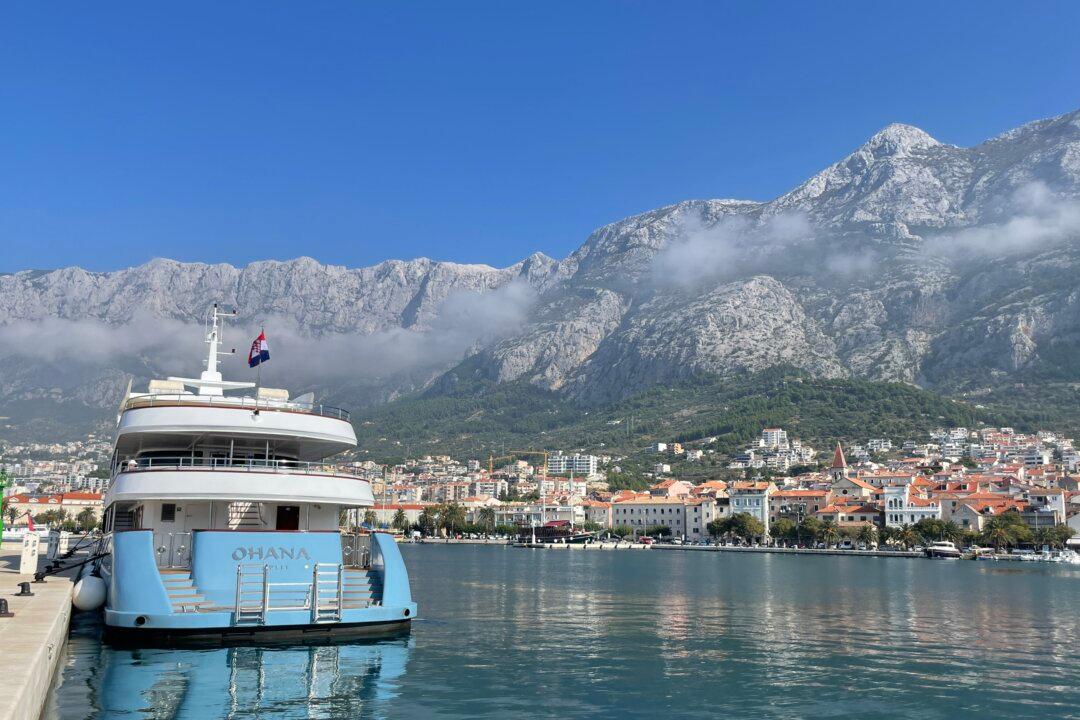Looking back, I see the mistakes I made on my first trip to Europe. Two college friends and I spent 10 days exploring Europe, but we picked the wrong mode of transportation, packed too much into a short timeframe, overpaid at restaurants and more.
We must have done something right, though, because that trip ignited my love of Europe. I went home and told my parents I was moving to Vienna for school—and I did.
These days, I visit Europe as often as I can, but I’ve learned a few things through experience and from other travelers. Here are a few tips that will help your first trip to Europe go smoothly.





